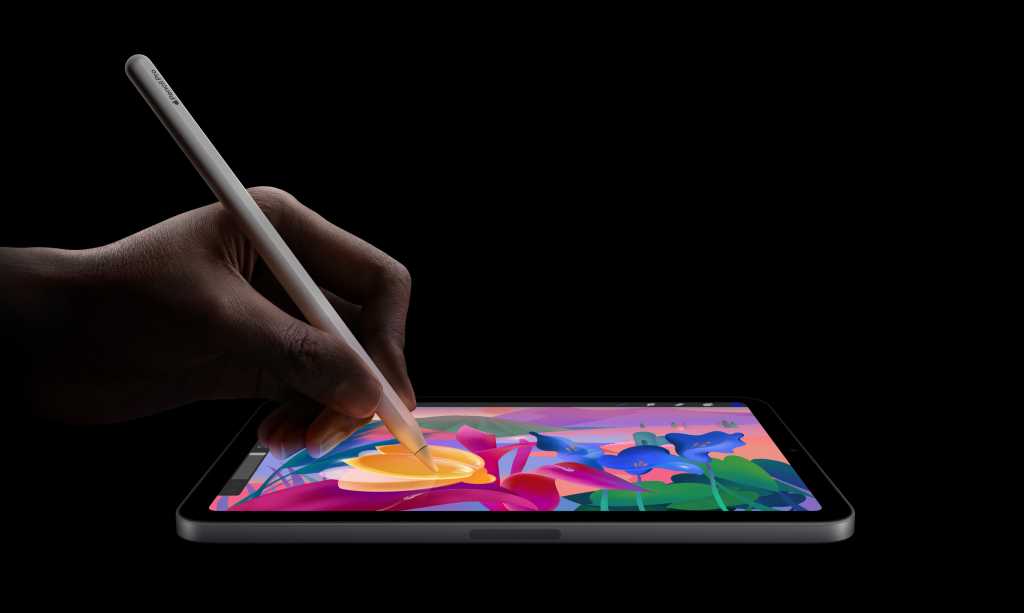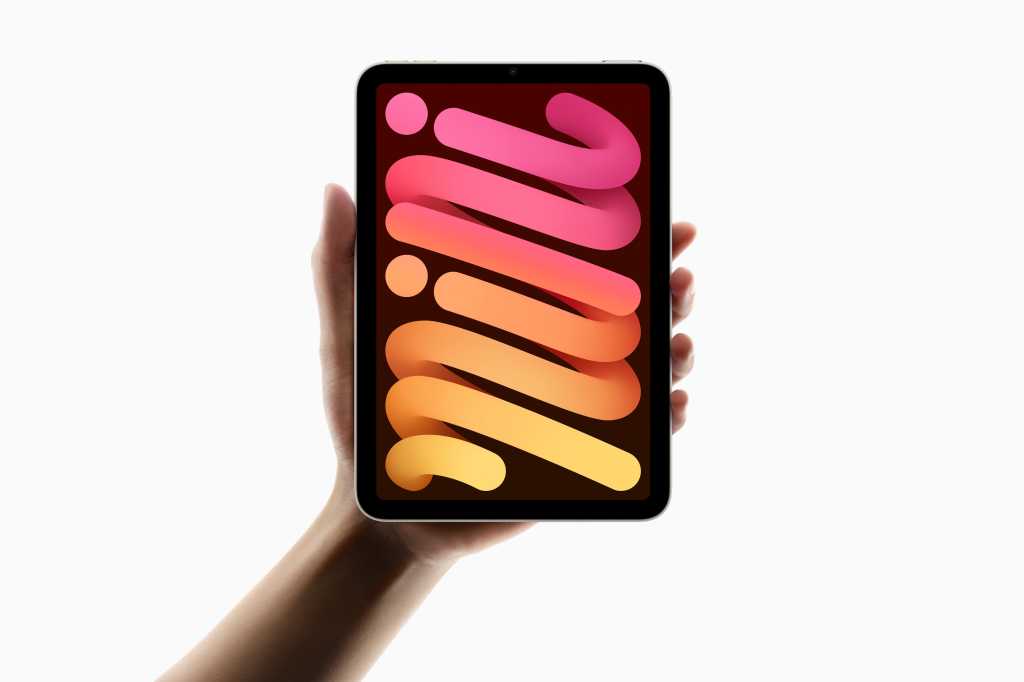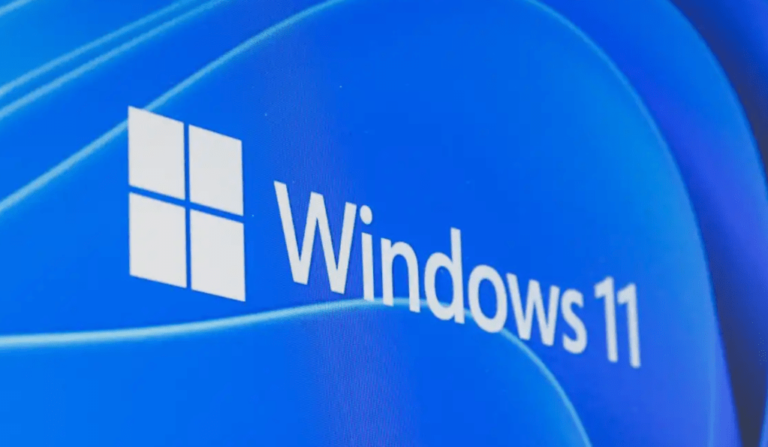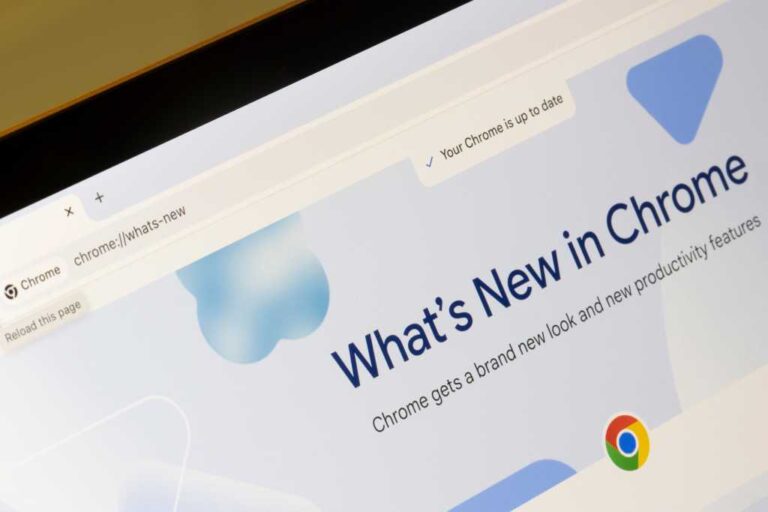The iPad mini is still the best small tablet around
We waited three years for Apple to update the iPad mini, and what we got is more of the same — boosted with a much better processor. Apple’s iPad mini has consistently been positioned as either the most versatile, or the most underpowered tablet in the company’s lineup. That’s changed with the latest iteration, which remains small enough to take anywhere, but also becomes much more powerful than ever, thanks to a new A17 Pro chip.
Whole lotta processor
If you’ve used an iPad mini before, you know what you’re getting: a reliable, powerful, and eminently mobile device with a large display you can slip inside an inner coat pocket and use just about anywhere, except in the rain.
Available in two new colors (four in all, including space gray, starlight, purple, and blue), the chip is the real substance here. Apple promises a 30% faster CPU, a 25% increase in GPU performance, and double the machine learning performance of the last-generation iPad mini. Even in comparison to the last model, that processor means you really will feel the difference in terms of performance — and the internal memory has been beefed up to 8GB, which also makes a big difference.
Geekbench 6 tests on the review device generated single-core results of 2,520 and 6,440 on multi-core performance. In comparison, the iPad mini 6 with an A15 Bionic chip achieved 2,121 single-core, and 5,367 multi-core scores. While aggregate test results will be more accurate, my own testing confirms substantial improvement in the processor. What you are getting is an iPad that will (a) run Apple Intelligence, and (b) deliver the performance you require to run apps for the next few years.
That’s great for consumer users, but also important to education and enterprise deployments. This is, after all, an iPad that seems a good fit for real-world business applications such as retail, hospitality, warehousing, or distribution. You’ve probably already seen it used in one of those fields, so the processor upgrade will be a significant benefit for firms seeking to deploy AI solutions within their digital transformation efforts.
I recently learned that pilots sometimes fly with an iPad mini so they can use it to check flight maps and flight support apps while they are in the air. They (and their passengers) should be happy with the lack of lag and hardware-accelerated ray tracing they get while using those apps in flight.
Apple
The song remains the same
The display remains the same — in this case, the well-received Liquid Retina system we saw last time around. You can expect a wide range of supported colors at 2255×1488-pixel resolution (at 326ppi) and a nice and bright 500 nits. What changes is you now also gain Wide Color P3 support and support for True Tone. (The latter uses advanced sensors to adjust the color and intensity of your display to match the ambient light, so images appear more natural.)
I’ve been testing the iPad mini for a few days and have not experienced any cases of so-called “jelly-scrolling,” when one side of the screen refreshes at a different rate than the other when scrolling up and down.
When it comes to most of the hardware, the music hasn’t changed. You’ll still find it an easy-to-hold device because it is light, thin, and small. Dimensions remain 7.7 x 5.3 x 0.25 inches. The weight is 0.65 pounds, same as the last generation. You get USB-C (though this supports data transfers at 10Gbs, twice as fast as before), Touch ID, and no headphone port.
Under-the-hood changes are all about networking — Wi-Fi 6E, 5G support, and Bluetooth 5.3. The cameras remain more or less the same, though images captured on the device use machine intelligence to optimize the results. One older image Apple Intelligence selected as my Home screen picture really pops thanks to the AI tweaks.
Good times, AI times
Now, for most mortals, Apple Intelligence remains something that’s nice to have, rather than something essential. That’s how it will remain until the first services under that moniker appear next week. On this device, one thing Apple Intelligence is already good at is summarizing emails and helping write better ones, while the Siri improvements in iOS 18.1 bode well for additional contextual intelligence expected to appear next year.
Given that Apple Intelligence isn’t available yet and won’t be available for some time in China or Europe, it’s too early to surmise the extent to which that will change the user experience. But even while that jury remains out, iPad Air continues to keep its promise to provide a good balance of mobility and usable display space. Its processor also gives third-party AI developers a platform on which to build other non-Apple AI-augmented experiences. That could be useful to some businesses. (And business and education users might appreciate that the camera takes excellent document scans.)

Apple
Bad times
One complaint concerns the screen refresh rate. While other tablets have already jumped to 120Hz, the iPad mini remains confined to 60Hz. I don’t know if that decision is based on costs, heat dissipation, energy management, or parsimony, but I have seen enough people commenting on this to know that it’s something Apple will need to deal with in the future.
If you are using an Apple Pencil with your current iPad mini, I have bad news: the new model will not support any Apple Pencil other than the newish Apple Pencil Pro and the USB-C Apple Pencil. If you’ve been using a second-generation Apple Pencil, you’re out of luck. (First-generation pencil support in iPad mini disappeared with iPad mini 6.)
It is also interesting that Apple continues to avoid kitting out its iPad mini or standard iPad with the M-series chips found inside the iPad Air and iPad Pro. The decision makes it clear that Apple is ultimately using the built-in processor as its way to compete with itself, as no one else in the tablet market is really in its league. Want a more performant tablet? Apple has them, but not in the mini range.
Finally, when it comes to the built-in camera, you probably have a better camera in your smartphone than what’s here. It’s good enough, has been updated to deliver better, and Apple’s image intelligence software means it takes good pictures, if you want to do so with a tablet. It is more than suitable for video conferencing, of course.
What else to know
There is one more thing, the price. Just as in 2021, the entry-level model still costs $499 (Wi-Fi only, add $150 for the cellular model), but it now ships with 128GB of storage rather than 64GB; 256GB and 512GB models are also available. More storage is always a win, but don’t ignore that Apple Intelligence requires at least 4GB of that space for its own use.
Should you buy it?
I’ve used iPads since the beginning. Over that time, my preferences have kind of coalesced around the iPad Air, which I think provides a brilliant balance between power and affordability, and the iPad mini, which I rate highly for its inherent portability, but always deserved a little more power.
The move toboost internal storage and memory while pepping things up with an A17 Pro chip means the small device can handle most tasks; you probably won’t be using it extensively for video processing in the field or advanced image editing, but could use it for some of both of those tasks. You’ll also enjoy reading books, gaming, watching videos, or listening to music. (Apple’s audio teams really know how to create great soundscapes in these devices.)
The processor upgrade means that if you are using an iPad mini 6 or earlier, a move to this model makes sense — particularly if you want to explore what Apple Intelligence is all about. While it’s mostly the same, it is overall better, and if you’ve convinced yourself you have a solid reason to invest in a smaller tablet, the iPad mini 7 remains the best small tablet around.
Please follow me on LinkedIn, Mastodon, or join me in the AppleHolic’s bar & grill group on MeWe.







